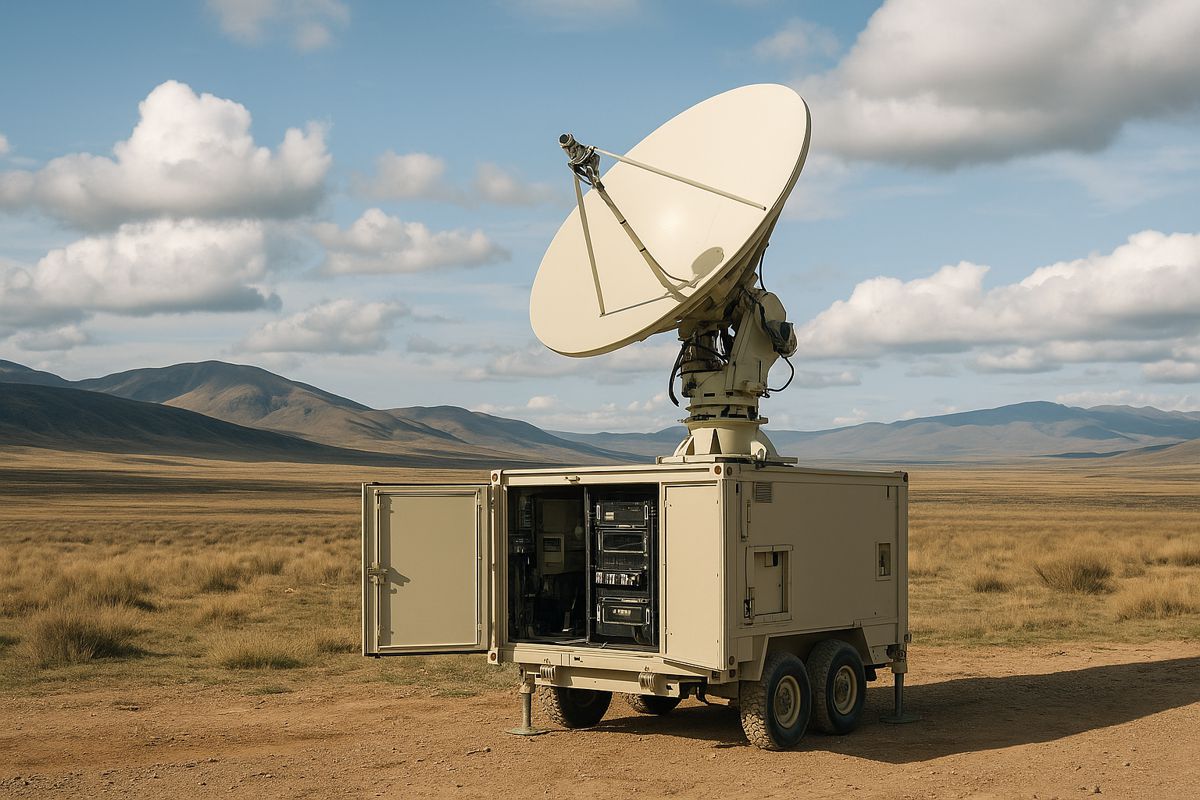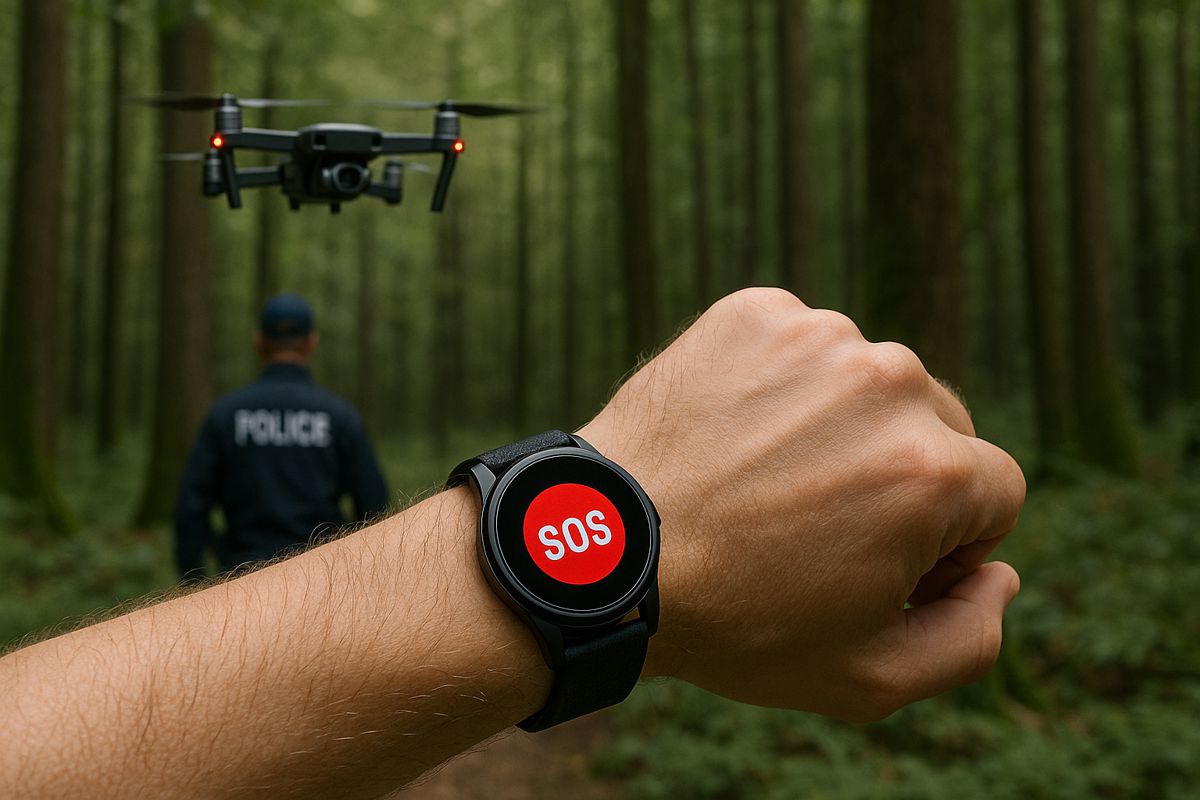Buildings IOT Ontology Alignment Project goes Open Source
As building owners seek tools to help them simplify and better understand the data their building management systems are collecting, Buildings IOT has made its OAP (Ontology Alignment Project) available as open source.
The open-sourced OAP facilitates engagement with partners, enabling the company’s customers or value-added resellers (VARs) to view the data and make any needed additions directly into the source code. Open-sourcing of OAP provides a level of transparency to allow Buildings IOT to demonstrate a commitment to sharing data and gathering community input.
“By open-sourcing OAP, we’ve opened up the ability for conversations that help us better align with the needs of the built environment,” explains Brian Turner, CEO of Buildings IOT. “Open building automation systems result in easier commissioning, faster troubleshooting, and more reliable, consistent data and reporting, whether for one building or across a portfolio.”
Established to improve building management and operations, the ontology includes a data model for a growing, evolving list of systems within the built environment. The OAP consists of a data model that defines both the type and the points associated with systems within the built environment. In addition to providing standard tags for equipment and devices, the OAP also aims to simplify and specify the relationships that define how entities within the building’s systems relate to each other.
Previously the OAP was only available from the OAP website, as readable documentation limiting the ability for partners and customers to engage. Buildings IOT decided to open-source OAP to enable users to more deeply examine the data and code behind the model. Additionally, users can make pull requests, as they can for any publicly available code repository.
Additionally, open-sourcing the OAP enables improved alignment to help facilitate the exchange of data and data models, providing a higher level of interoperability among systems, sensors, and equipment for more effective management and operations within the built environment.
Rather than create another naming standard, the OAP unites multiple industry naming and tagging standards and is compatible with real-world integration projects, allowing for translation between other ontologies such as Project Haystack.
“By open-sourcing the OAP, we are creating a higher level of interoperability and exchange between other data standards,” explains Rob Vandenberg, CTO of Buildings IOT. “All of the existing data standards understand the interoperability problem within the built environment, and they each attempt to solve it based on their own interpretations of what is needed. The OAP, however, supplements those efforts and improves upon them in a way that is mutually beneficial to everyone.”
The OAP makes it easier for integrators to get a site digital-building ready or improve an existing system without requiring duplicative efforts across the technology stack.
“Building owners can be confident that the underlying data in their various building systems is normalized, standardized, and vendor-agnostic,” adds Turner. “As buildings and their systems grow in complexity, our goal with open sourcing the OAP is to provide simplicity so that building operations and service managers can capture meaningful insights into commissioning and maintenance activities to meet regulatory initiatives and improve the tenant experience.”




















